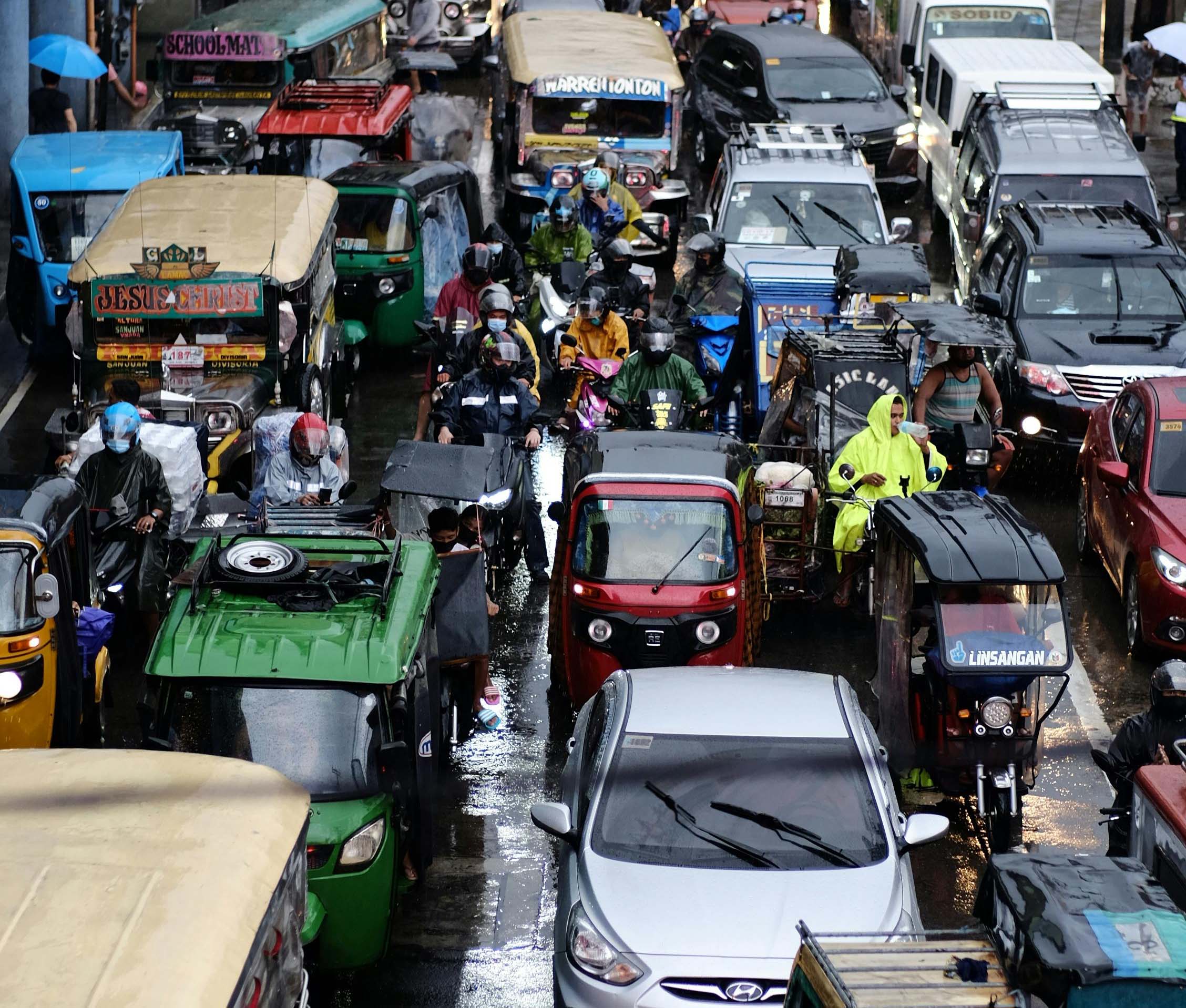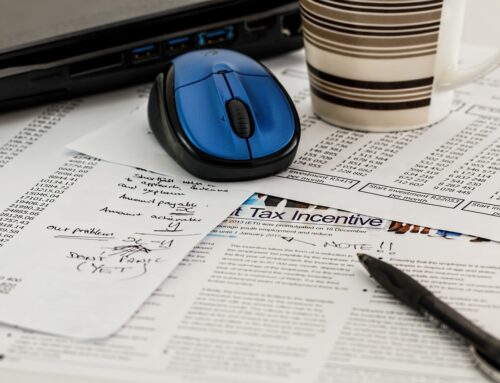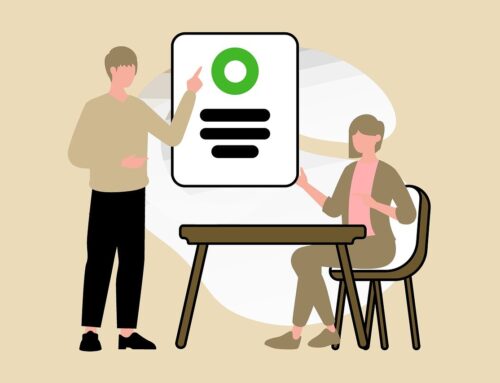
Gridlocked Paradise: How Population Density Fuels Traffic Troubles in the Philippines
The Philippines is a captivating nation of over 7,000 islands, known for its vibrant culture, lush landscapes, and postcard-worthy beaches. Yet, behind this beauty lies a frustrating reality: traffic congestion. Nowhere is this more obvious than in Metro Manila, the country’s fast-paced capital region. So what’s behind the daily gridlock experienced by so many drivers? The answer points straight to one surprising fact: the Philippines’ incredibly high population density. Let’s break down the connection and see how this densely packed nation struggles to keep people and commerce moving.
A Sea of People: Understanding the Numbers
The Philippines is home to over 109 million people, ranking it as the 13th most populous country in the world. With only about 300,000 square kilometers of land, this means roughly 365 people live in every square kilometer. For comparison, the US state of Arizona, which is nearly the same size, holds about 25 people per square kilometer. In simple terms, the Philippines crams far more people into a similar space. That intense concentration of people puts massive pressure on transportation systems, which leads to daily headaches for commuters.
The Concrete Squeeze: Infrastructure and Urban Sprawl
High population density alone doesn’t explain the traffic nightmare. Two other forces worsen the problem: poor infrastructure and uncontrolled urban sprawl.
Strained Infrastructure
The Philippine road network simply hasn’t kept pace with the rapid population growth. The problem is most severe in Metro Manila, but cities like Cebu, Davao, Iloilo, and Baguio also face increasing gridlock. Streets that were designed decades ago for far fewer vehicles now face crushing loads of cars, motorcycles, buses, and delivery trucks. The result? Daily bottlenecks and hours wasted sitting in traffic.
Urban Sprawl
As city centers become overcrowded, people move outward to suburban and fringe areas. Unfortunately, public transportation options rarely follow this expansion. Without reliable trains or buses, residents must rely on private vehicles, adding even more cars to already jammed roads. The cycle repeats, turning sprawl into a key driver of congestion across the country.
A Perfect Storm: How Traffic Congestion Affects Life in the Philippines
Traffic in the Philippines isn’t just a daily annoyance; it ripples into almost every part of society and the economy. Here’s how gridlock creates bigger problems:
Lost Productivity
Long commutes mean lost hours that could be spent working, attending appointments, or simply relaxing. The constant delays drain personal and professional productivity.
Economic Strain
Businesses pay the price with higher fuel costs, delayed deliveries, and frustrated customers. Even tourism takes a hit, as some visitors avoid cities notorious for traffic chaos.
Environmental Damage
Idling vehicles and stop-and-go traffic release large amounts of exhaust into the air. The resulting pollution harms the health of residents and damages the environment.
Social Stress
The daily grind of traffic wears on people mentally and physically. Commuters deal with higher stress levels, less time for exercise, and reduced overall quality of life.
Navigating the Gridlock: Solutions in Motion
The Philippines is taking steps to fight the traffic crisis with a range of initiatives aimed at long-term improvement:
Infrastructure Expansion
Road widening, flyover construction, and new expressways aim to ease pressure on congested streets. Public transport upgrades are also a focus.
Public Transportation Improvements
Expanding bus lines, building new train routes, and adding light rail options are part of the push to create a more reliable and affordable transportation network. Plans also include bike lanes and pedestrian-friendly paths.
Better Traffic Management
Smart traffic light systems, high-occupancy vehicle lanes (HOV), and stricter traffic law enforcement are being introduced to streamline traffic flow and cut down unnecessary congestion.
Embracing Technology
Ride-sharing apps and real-time traffic monitoring are helping drivers and commuters make better decisions. Intelligent Transportation Systems (ITS) aim to optimize traffic patterns across major roadways.
Combined with sustainable alternatives like biking and walking, these changes offer hope for a more mobile and less gridlocked future.
Beating the Traffic: Smart Strategies for Everyday Commuters
While long-term improvements take time, you can take steps to make your daily travel less stressful. Here’s how savvy commuters are staying ahead:
Live Near Work or Transit Hubs
Choosing to live close to work or along public transit routes can save you hours of commuting each week. Some urban areas offer walkable neighborhoods with apartments and condos near office districts.
Use Public Transportation
Buses, jeepneys, trains, and even e-trikes offer affordable alternatives to sitting in traffic in a private car. Learning routes and schedules can make a big difference.
Carpool or Use Ride-Sharing Apps
Sharing rides with coworkers or friends helps reduce vehicle numbers on the road. Apps offer a flexible way to carpool or find rides, especially during off-peak times.
Flexible Work Hours
If your employer allows, try adjusting your schedule to avoid rush hour. Starting earlier or later can significantly cut your commute time.
Explore Alternatives
Consider walking or cycling for shorter trips. It’s healthy, eco-friendly, and a great way to experience local neighborhoods. Planning your trips ahead and staying updated on traffic conditions can also help avoid trouble spots.
Consider a Lifestyle Change
For those looking to escape the urban grind entirely, smaller towns and rural areas offer slower living with minimal traffic. The peaceful pace of provincial life can be a refreshing alternative for families and retirees alike.

















